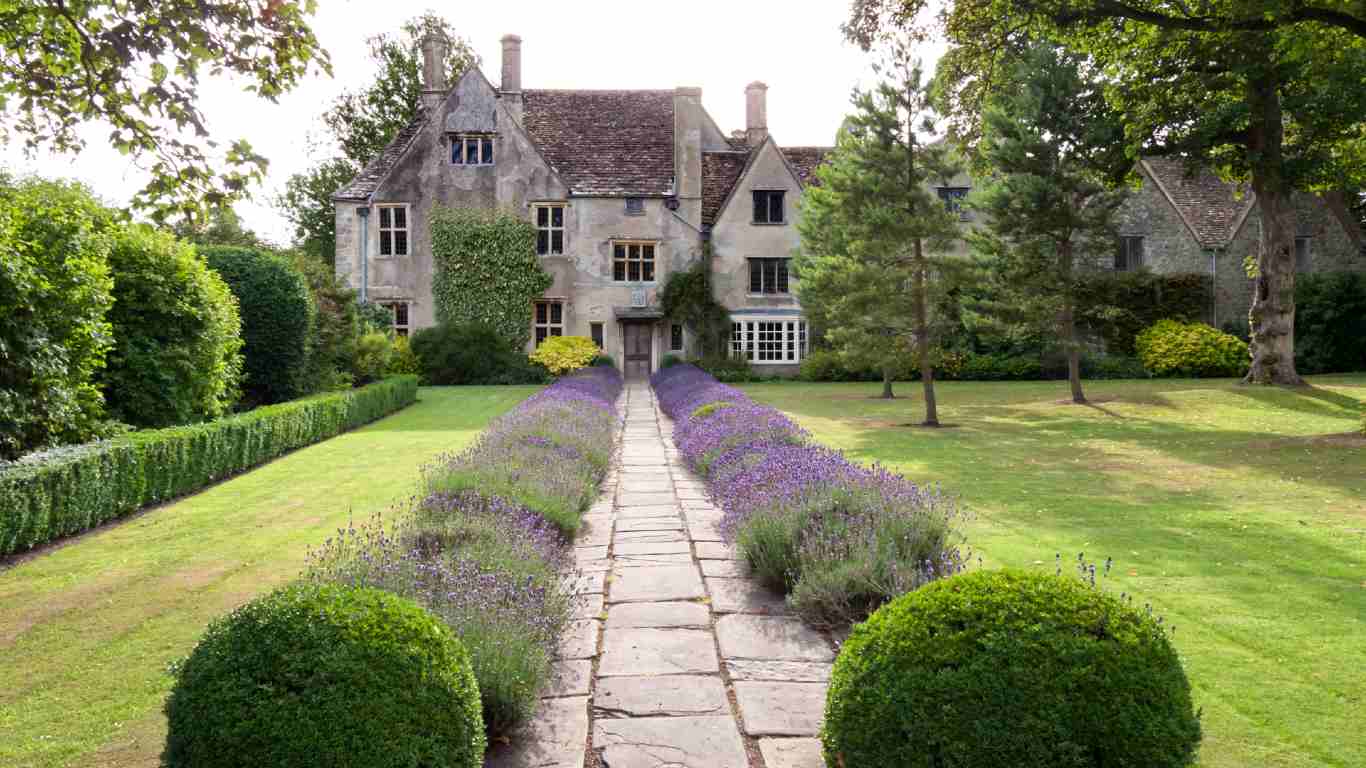Subsidence is often the cause of extensive property damage, and can be both
expensive and time consuming to rectify.
What is subsidence?
Subsidence is the downward movement of the ground below a building, which can cause the foundations to move. One of the main contributary factors of subsidence in the UK is soil shrinkage, with clay soil being particularly vulnerable when it dehydrates.
Trees and plant roots extract moisture from the soil, especially during long periods of dry weather, which causes it to shrink, resulting in the property foundations sinking. Excess water, from a leaking or burst pipe for example, can wash soil away from the foundations causing subsidence, as can any previous mining activity in the area.
Other types of movement:
Heave
Heave is effectively the opposite of subsidence, and causes the ground to swell up against the structure of the property. The damage is similar to that of subsidence, however it is very rare.
Landslip
Landslip is usually listed with subsidence and heave in your insurance policy. It is when the material such as rock and soil slides down a slope, or an entire slope fails.
What isn't subsidence?
Types mistaken:
Settlement
This is caused by the weight of the building and usually occurs during the first few years after the property is built. Whereas subsidence usually means ongoing and continual deterioration, settlement generally takes place for a limited period after construction.
Lintel Failure
Lintel failure occurs when a lintel (a support for the brickwork above a window or door) is not strong enough. The cracks that appear are diagonal and over the door or window frame, and so is often mistaken for subsidence.
Signs of subsidence
Indications that your property may be suffering from subsidence include:
- Diagonal stepped crack, particularly around the doors and windows
- External cracks that are mirrored internally
- Doors and windows sticking for no apparent reason, caused by distortions in the structure
- Rippled wallpaper with no signs of damp
- Floors bowing or bulging.
Prevention
Here are some tips to reduce the risk of subsidence:
- Avoid planting trees and large shrubs too close to your property. The Association of British Insurers has asubsidence guide that contains recommended safe distances according to species.
- Keep any current vegetation well pruned, and if necessary consult a tree surgeon on how to do this as effectively as possible.
- Make sure your pipes and drains are well maintained. See ourprevious article with some useful tips on pipe care.
Remedies
If you suspect subsidence, it is important that you contact your insurer as soon as possible in order to identify what actions to take as quickly as possible. Take photographs of any damage and contactHome & Legacy claims team. Some of the potential remedies insurers may take are listed:
- Repairs to leaky and broken pipes can not only stabilise the property by reducing the soil's water content, but can also help to avoid issues in the future.
- Underpinning the property foundations can be an effective and permanent method pf preventing further movement; however it is often extremely disruptive and costly. In some cases it can also cause further damage to the remaining structure, and therefore is only used as a last resort. In fact, in only 3% of subsidence cases is underpinning required.



